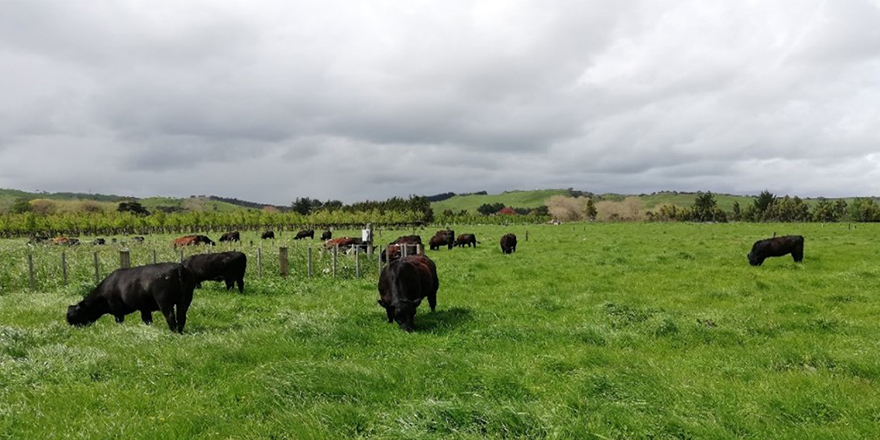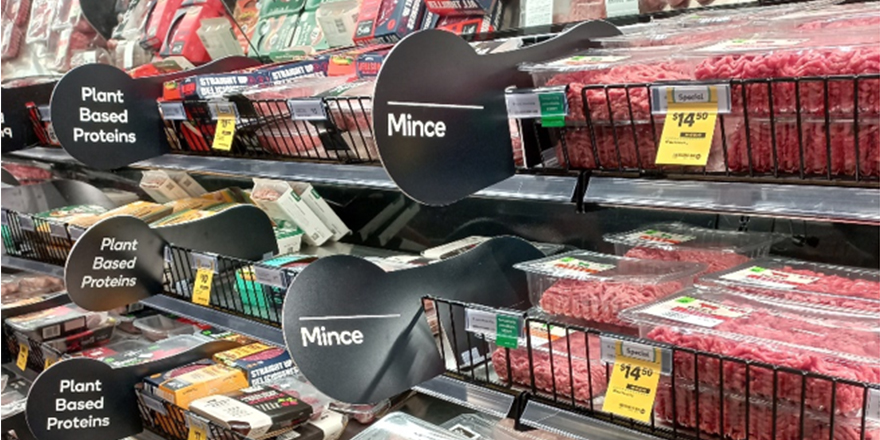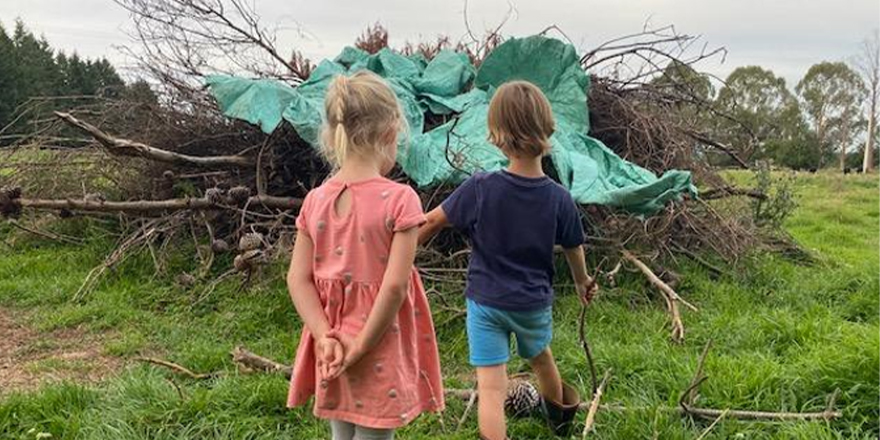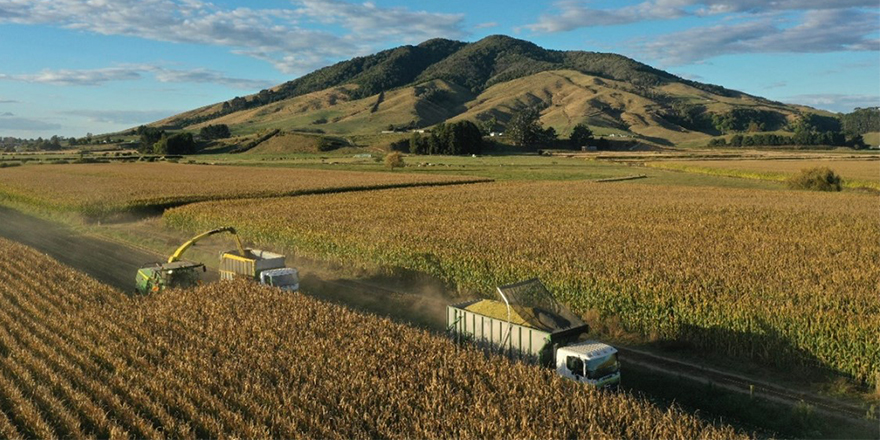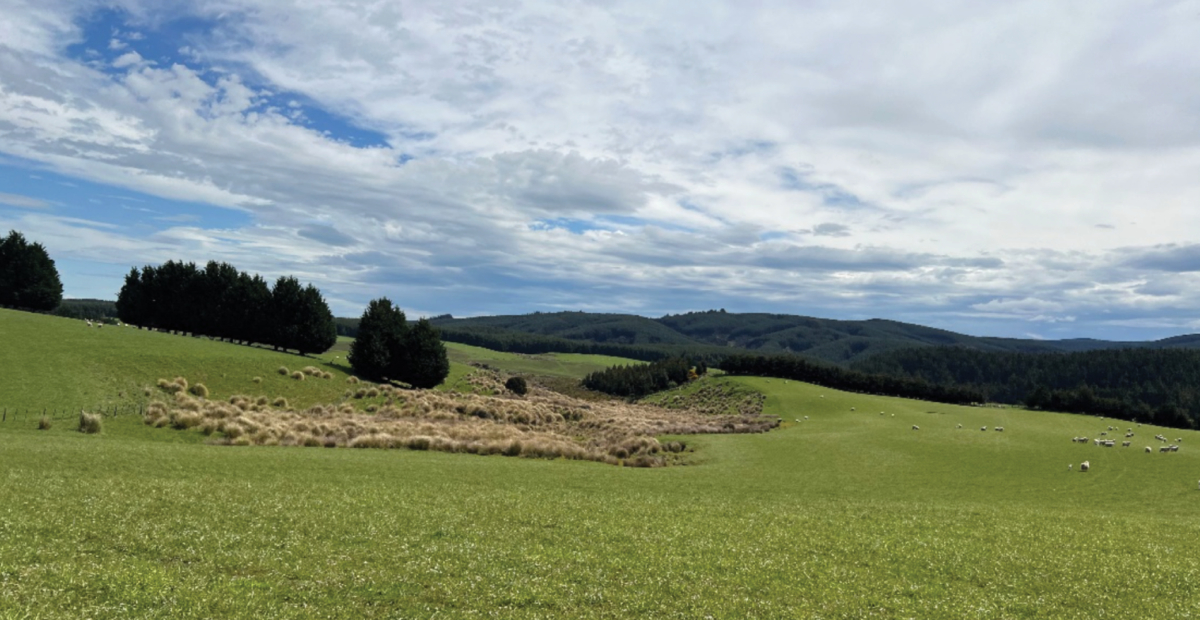
Executive summary
Why should sheep and beef farmers decrease their on-farm greenhouse emissions and what is the cost in doing so?
Climate change is directly linked to greenhouse gas emissions and is something that cannot be ignored. Major weather events, affecting the primary sector have highlighted the need for change. 50% of NZ emissions come from the agriculture sector, but at what cost will emissions reduction have on the farmer? Will the potential economic benefits outweigh the costs of current mitigation methods?
This report seeks to inform sheep and beef farmers, which of the current mitigation methods have the least effect on profitability and what economic benefits they may gain in doing so. The focus is on the cost and benefits of on-farm profitability, so concentrates on costs, income streams and potential premiums linked to the reduction of on-farm emissions.
Scenario analysis has been used to model greenhouse gas reduction methods that are currently available on sheep and beef properties, other literature was reviewed to compare methodology and results. A literature review was also used to assess benefits of reducing emissions.
While planting forestry offsets and reducing stocking rates are the mostly available methods, the scenario analysis also explored a combination of both, combined with increases in reproductive rates of the remaining stock units on hand.
Plantation forestry is an opportunity for sheep and beef farmers to use lesser productive areas of their property and along with reducing emissions, provides another revenue stream.
Reducing stocking rates is a solution which requires little initial investment but unless production per head is increased, has a large impact on profitability. A combination of forestry and reduced stocking rates, has the largest emissions reduction but the potential earnings from forestry will not be realised unless production has been increased. This may be unachievable depending on the underlying features of the property.
The demand for reduced emissions is mainly from leadership in organisations such as governments, processors and banks. This is driven by obligations to provide feedback to stakeholders on environmental objectives and align with targets of the Paris Agreement. There is no huge demand for low-emissions meat from consumers as they place greater importance on other factors such as the quality of meat.
An introduction of an on-farm emissions levy or introduction of Agriculture in the emissions trading scheme, in order for NZ to achieve their Paris Agreement obligations would be the greatest incentive to currently reduce emissions.
Based on the analysis, it is recommended that the following is taken into consideration when adopting a method to reduce on-farm emissions:
- the saving of an emissions levy that the method would provide;
- if the cost of the mitigation method is more than the expected emissions levy price;
- reviewing the cost of mitigation on the basis of kilogram of meat produced on farm to determine what premium would be required;
- if planting forestry, assessment of the expected return on investment and minimum return per hectare required to achieve this;
- if reducing stocking rates, the ability and extra costs of increasing production per head;
- demand for reduced emissions from organisations that directly affect the farm business, and
- consumer demand for low emissions products and their willingness to pay a premium.
Tim Bathgate

